Wifredo Lam at Tate Modern
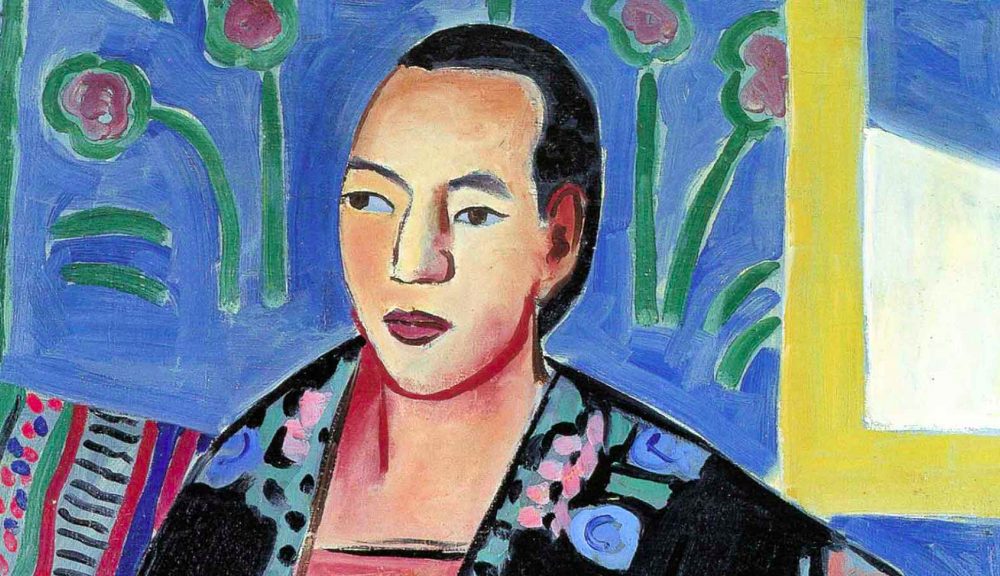
Tate Modern celebrates Cuban artist Wifredo Lam with a rich retrospective that not only presents his art, but also relates his life story in an engrossing way that arouses interest in the artist himself.
Born in 1902, Lam was part of the surrealist movement led by André Breton; he developed his style in Europe with the support and approval of Pablo Picasso. The Spanish artist’s strong influence can be seen in some of Lam’s works, and this led some critics to argue that these particular paintings are nothing more than a homage to Picasso.
A forced return to Cuba, however, resulted in a deviation in style that brought forth a more personal touch. Inspired by Cuban folklore and the influence of his godmother, a Santería priestess, Lam began to depict figures borrowed from Afro-Cuban mythology and voodoo imagery. Marked by the simplification of the body and the use of faces reminiscent of tribal masks, Lam explored the idea of re-thinking the human anatomy and played around with the ways that it can be reinvented through deconstruction and reassembly.
The result is a collection of intensely arranged, striking compositions where limbs and dark symbols are intricately woven, leaving viewers to decipher and marvel at each suggestive shape. The rooms are set up so as to trace his story chronologically, and the biographical structure gives a real sense of the interesting person behind the art. His paintings are a direct response not only to his personal reality, but also to major 20th century events, from political matters to art movements.
Since his keen social awareness informs the majority of his work, each room is like a separate narrative blending private traumas, cultural influences and political unrest. His interest in social issues is clear from the beginning, but it was further fuelled by personal experiences, such as the death of his first wife and child from tuberculosis (a fate he deemed avoidable had they not lived in poverty), and his involvement in the Spanish Civil War.
The paintings are captivating and show more and more character as he brings the strongest cultural, personal and technical elements together in later years, making for a bold climax. The exhibition’s principal attraction, however, is perhaps Wifredo Lam himself as a personality.
His eventful life, his rich cultural background (Cuban-born, of Chinese and Afro-Spanish descent), his extensive travels, his involvement in pivotal moments in history and his notable artistic connections are not only instrumental factors in understanding his work, but they also form a fascinating framework that hugely enhances the visual experience.
Mersa Auda
Wifredo Lam is at Tate Modern from 14th September 2016 until 8th January 2017, for further information visit here.

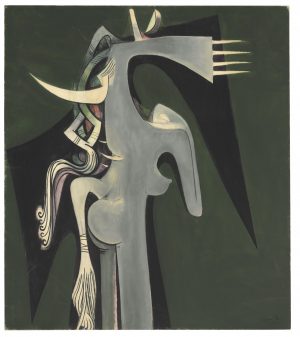
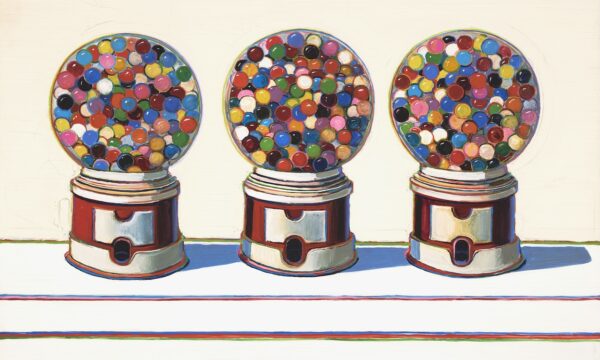
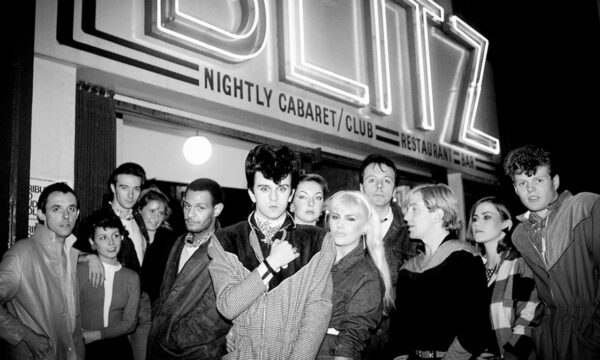
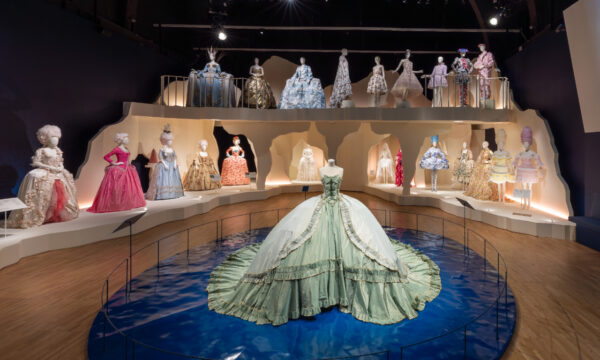

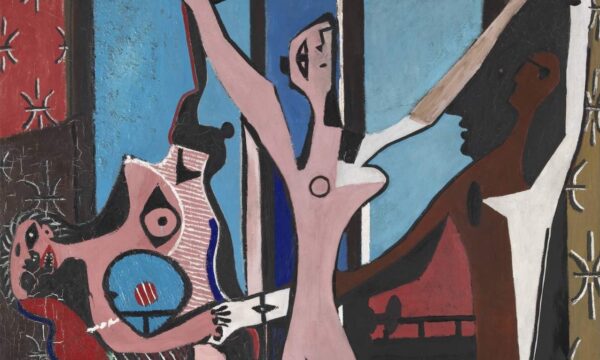
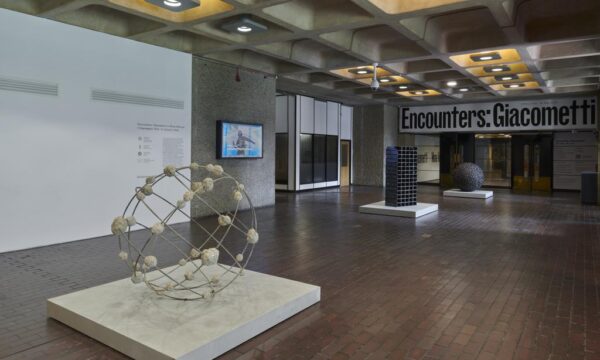

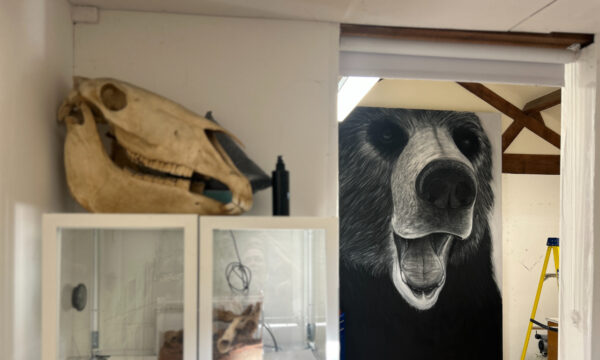
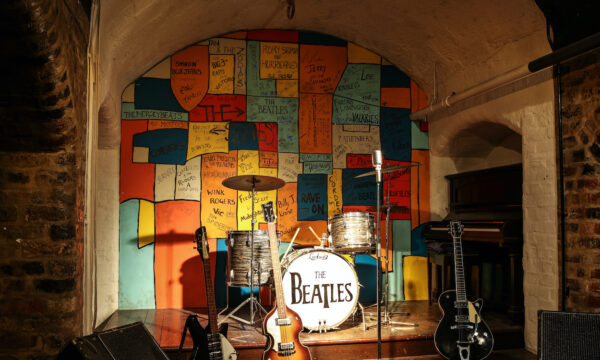
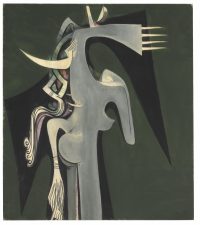
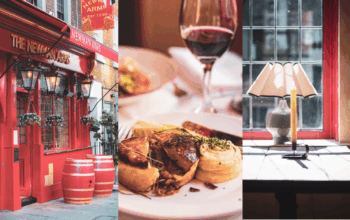



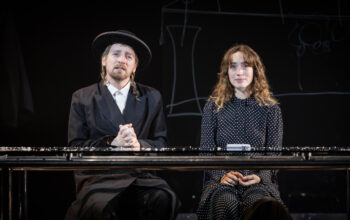










Facebook
Twitter
Instagram
YouTube
RSS